Architecture and technology have long been intimately related, from creating elaborate ideas to visualizing ground-breaking architectural advancements. It is not surprising as the digital era progresses that designers and architects are revolutionizing their fields by utilizing state-of-the-art artificial intelligence (AI) capabilities. However, which AI tools stand out among the plethora of options on the market?
Designed to help architects and designers make their way through the maze of AI tools, this thorough guide highlights the top 10 AI tools that have revolutionized architectural practices. Now let’s get started.
Adobe Firefly
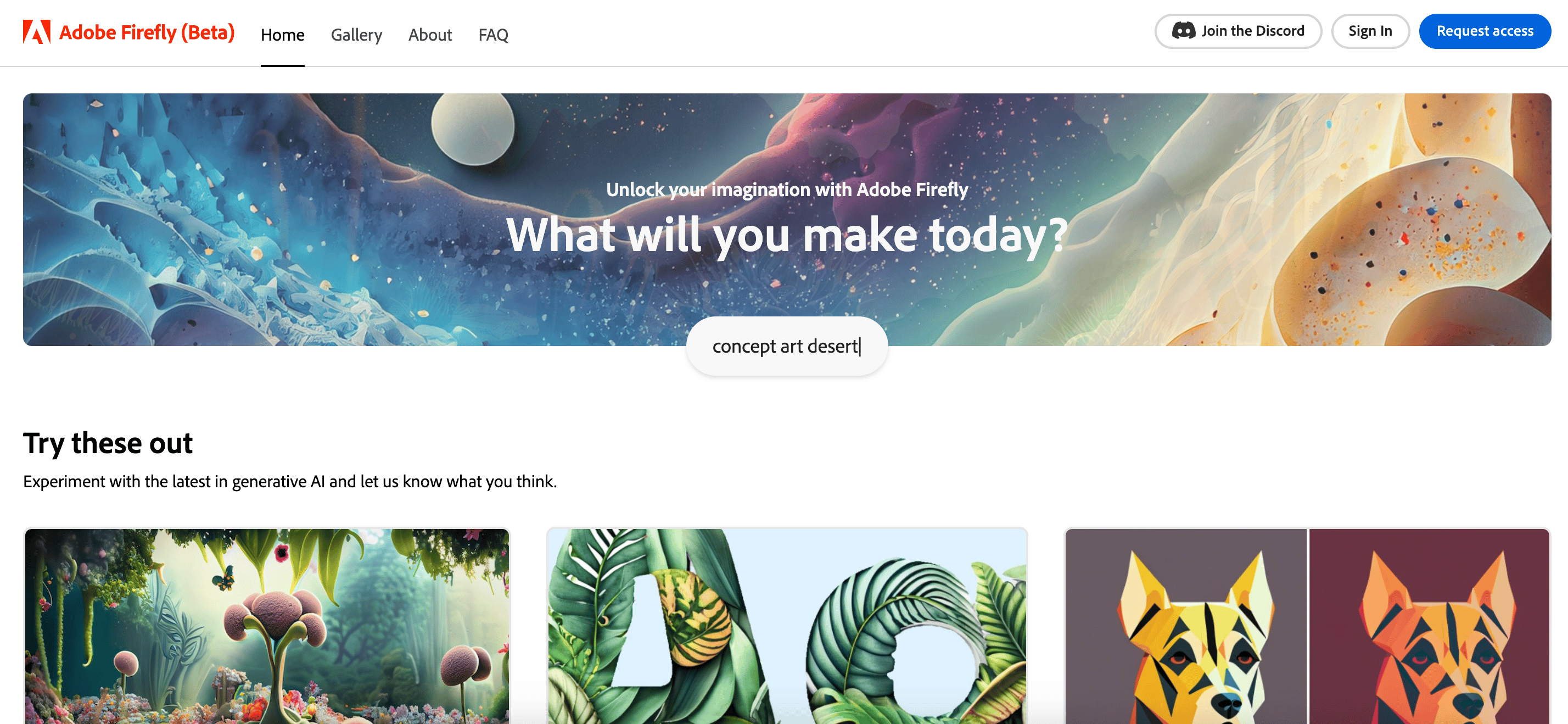
Adobe Firefly is a cutting-edge AI tool that leverages machine learning algorithms to assist architects in creating stunning visualizations and immersive experiences. This tool seamlessly integrates with Adobe’s suite of design software, providing architects with a powerful platform to bring their ideas to life.
Key Features and Capabilities
- Advanced rendering capabilities for photorealistic visuals
- Intelligent design suggestions based on user input
- Seamless collaboration features for team projects
Real-world Use Cases
Architects use Adobe Firefly to create interactive presentations for clients, visualize complex architectural designs, and iterate on concepts with ease.
Maket.ai
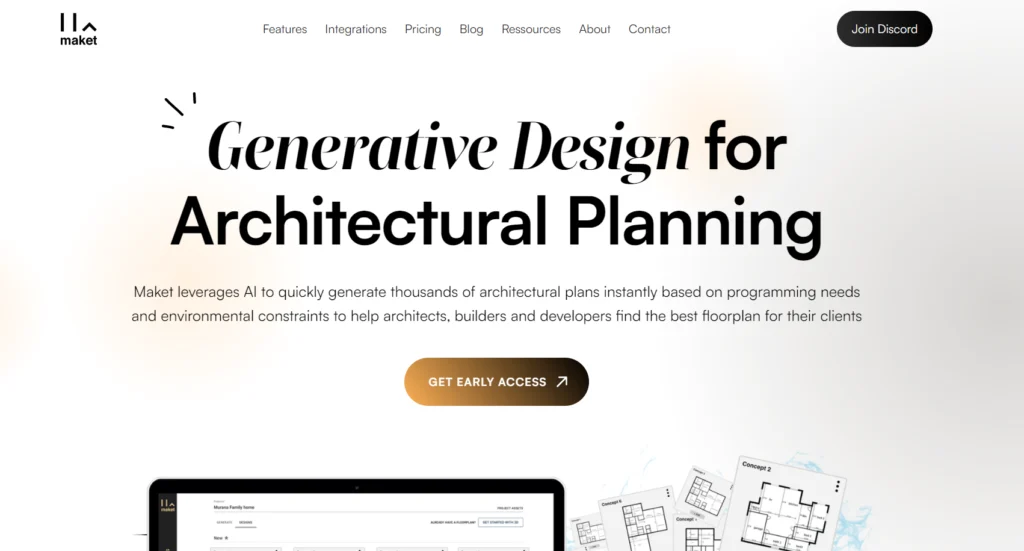
Maket.ai is an AI tool designed to streamline the architectural design process by automating repetitive tasks and providing intelligent design recommendations. This tool is equipped with advanced algorithms that analyze design data to optimize efficiency and creativity.
Key Features and Capabilities
- Automated generation of design variations
- Integration with popular CAD software
- Data-driven insights for informed decision-making
Real-world Use Cases
Architects rely on Maket.ai to generate multiple design options quickly, analyze spatial configurations, and enhance design exploration.
ArkDesign.ai
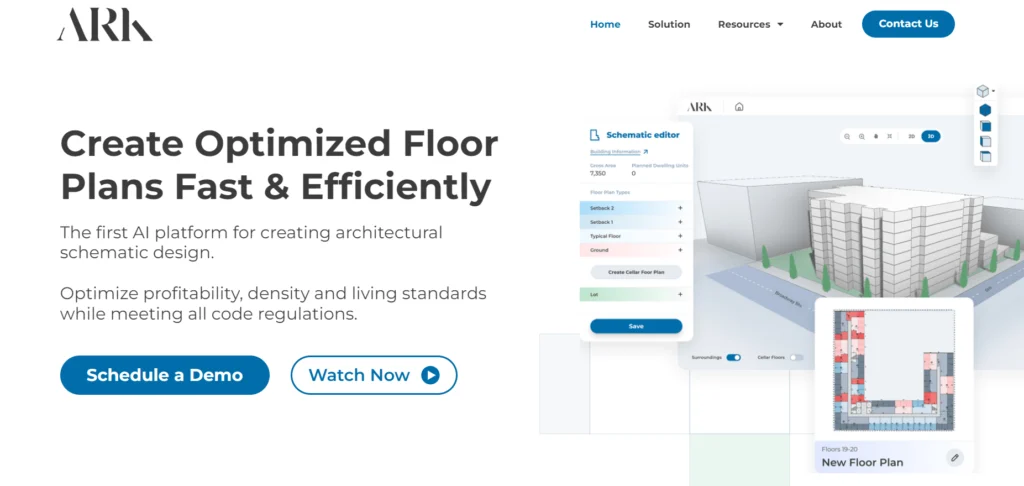
ArkDesign.ai is a sophisticated AI tool tailored for architects, offering advanced design optimization capabilities and intelligent insights. This tool utilizes machine learning algorithms to analyze architectural data and provide valuable recommendations for enhancing design efficiency and quality.
Key Features and Capabilities
- Automated design optimization for space utilization
- Integration with BIM software for seamless workflow
- Predictive analytics for informed decision-making
Real-world Use Cases
Architects leverage ArkDesign.ai to optimize floor plans, analyze building performance metrics, and streamline the design iteration process.
ARCHITEChTURES
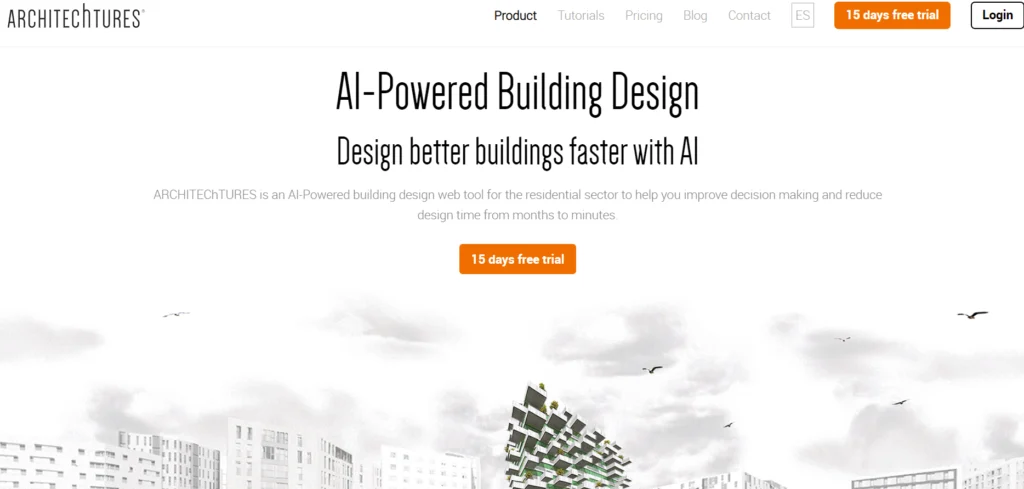
ARCHITEChTURES is a cutting-edge AI tool designed to assist architects in generating complex architectural designs with ease. This tool harnesses the power of artificial intelligence to automate design tasks, optimize spatial configurations, and provide valuable insights for architectural projects.
Key Features and Capabilities
- Automated generation of design variations
- Intelligent space utilization algorithms
- Seamless integration with popular CAD software
Real-world Use Cases
Architects utilize ARCHITEChTURES to create innovative building designs, optimize floor plans for maximum efficiency, and explore design possibilities efficiently.
Sidewalk Labs
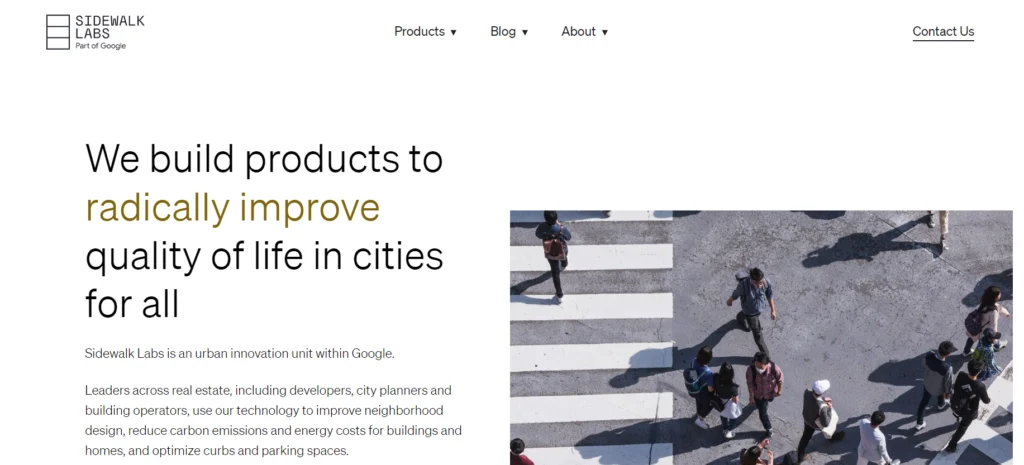
Sidewalk Labs is an innovative AI tool that focuses on urban design and development, offering architects advanced solutions for creating sustainable, efficient, and technologically integrated urban spaces. This tool leverages AI algorithms to optimize urban planning processes and enhance the quality of life in cities.
Key Features and Capabilities
- Data-driven insights for urban planning
- Simulation tools for testing design scenarios
- Integration with GIS data for spatial analysis
Real-world Use Cases
Architects use Sidewalk Labs to design smart cities, optimize transportation systems, and create sustainable urban environments.
DALL-E 2
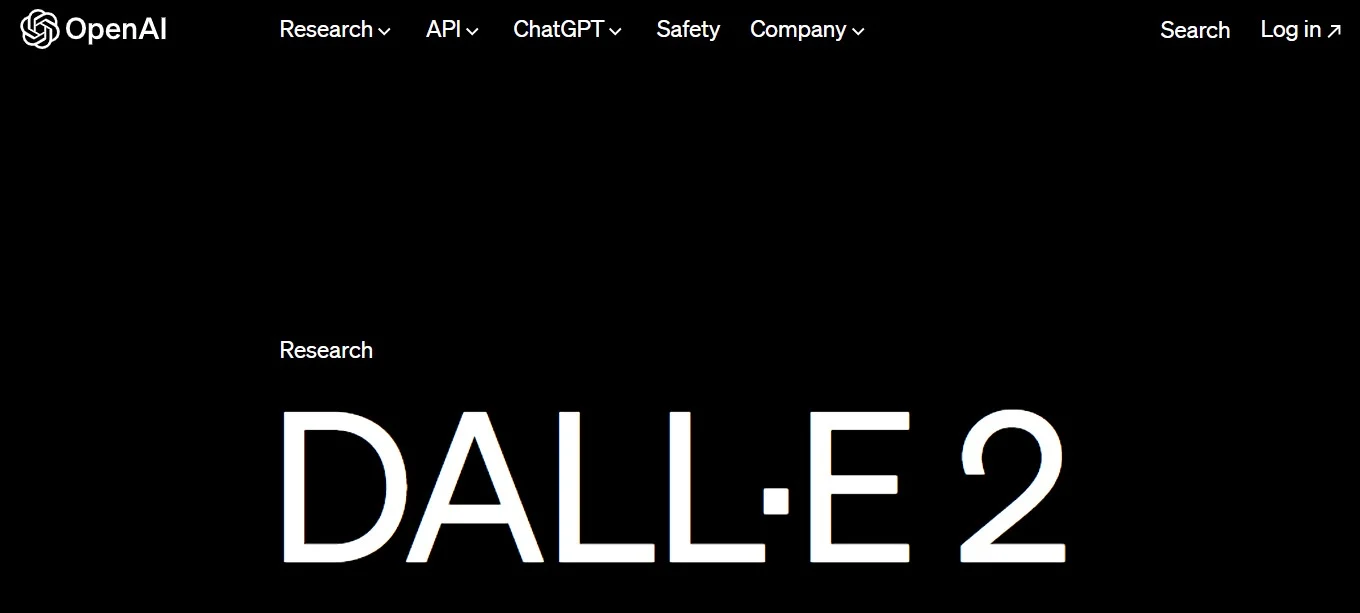
DALL-E 2 is an AI tool developed by OpenAI that specializes in generating images from textual descriptions, making it a valuable asset for architects looking to visualize their ideas quickly and accurately. This tool uses advanced deep learning algorithms to create unique and detailed images based on input descriptions.
Key Features and Capabilities
- Image generation from text descriptions
- Customizable design options
- High-resolution output for detailed visualizations
Real-world Use Cases
Architects use DALL-E 2 to generate concept sketches, visualize design proposals, and communicate ideas effectively with clients and team members.
Spacemaker
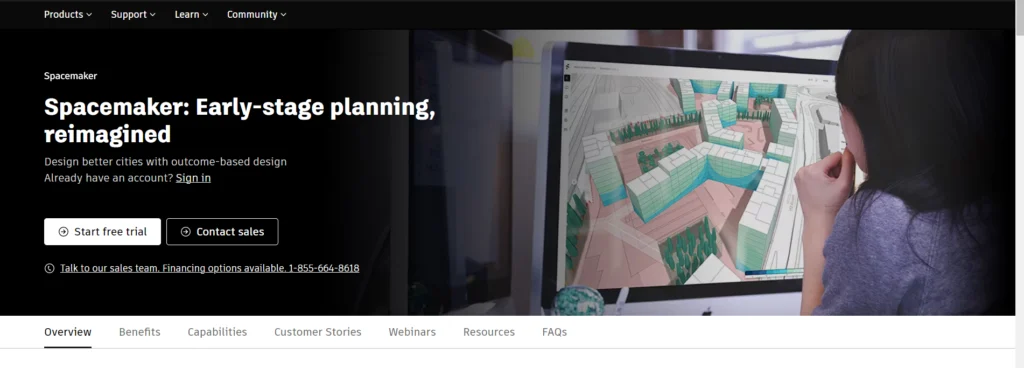
Spacemaker is an AI-powered design and planning tool that assists architects in optimizing building designs for better living environments. This tool utilizes algorithms to analyze site conditions, regulations, and user preferences to generate optimal design solutions that maximize space efficiency and functionality.
Key Features and Capabilities
- Site analysis for optimal building placement
- Automated generation of design alternatives
- Integration with BIM software for seamless workflow
Real-world Use Cases
Architects use Spacemaker to design sustainable and efficient buildings, optimize urban developments, and create user-centric spaces that prioritize comfort and functionality.
Arko.ai
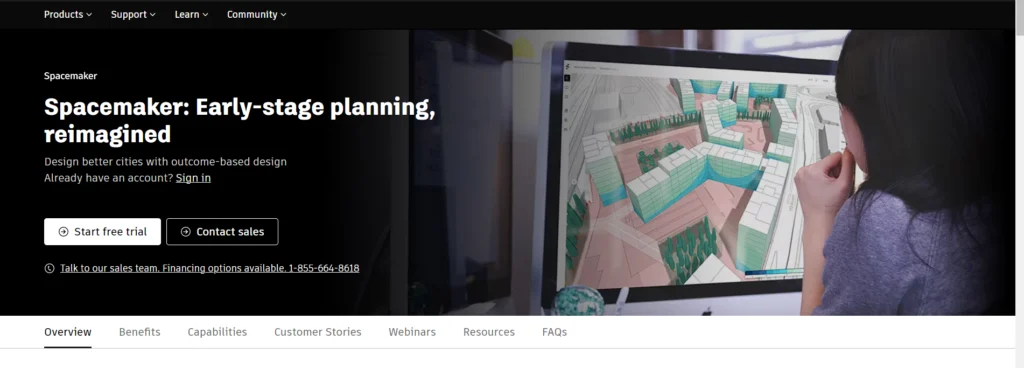
Arko.ai is an AI tool designed to assist architects in optimizing their design processes through advanced algorithms and machine learning capabilities. This tool offers architects intelligent design suggestions, automated workflows, and data-driven insights to enhance their architectural projects.
Key Features and Capabilities
- Automated design optimization for efficiency
- Integration with CAD software for seamless workflow
- Collaboration features for team projects
Real-world Use Cases
Architects utilize Arko.ai to streamline design iterations, optimize spatial configurations, and enhance collaboration among team members.
Autodesk Forma
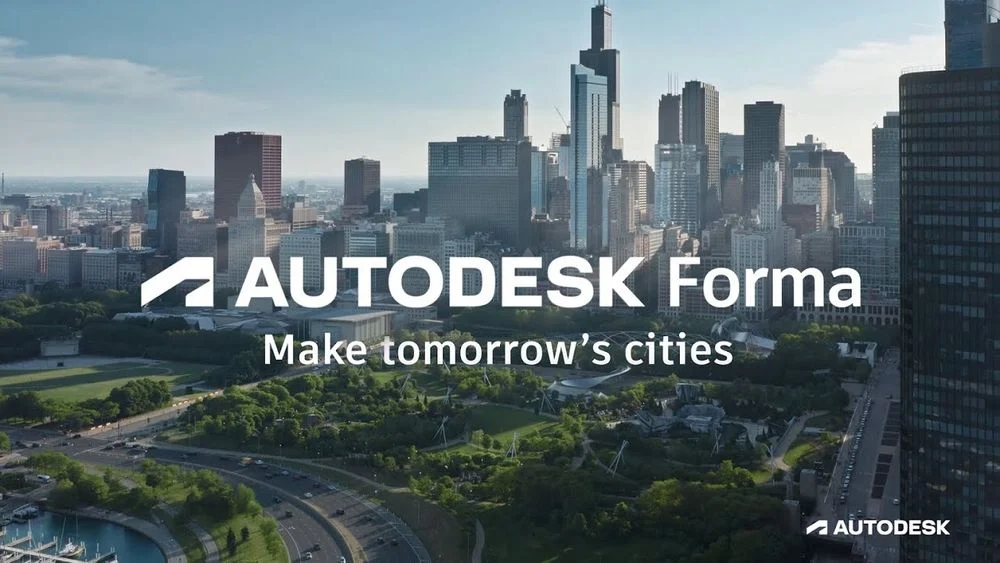
Autodesk Forma is an AI-powered design tool that enables architects to create complex parametric designs with ease. This tool leverages generative design algorithms to explore numerous design options based on specified parameters, allowing architects to optimize their designs for various criteria.
Key Features and Capabilities
- Parametric design exploration for creative freedom
- Optimization algorithms for performance-driven designs
- Integration with Autodesk’s suite of software for seamless workflow
Real-world Use Cases
Architects use Autodesk Forma to generate innovative design solutions, optimize structural performance, and explore design variations efficiently.
ClickUp

ClickUp is a versatile project management tool that integrates AI features to help architects streamline their project workflows, collaborate effectively, and stay organized. This tool offers a range of project management functionalities tailored to the specific needs of architectural projects.
Key Features and Capabilities
- Task management and tracking for project organization
- Collaboration tools for team communication
- Customizable workflows to adapt to project requirements
Real-world Use Cases
Architects rely on ClickUp to manage project timelines, allocate resources efficiently, and track progress across multiple architectural projects simultaneously.
Conclusion
Architects may anticipate the introduction of more cutting-edge AI technologies, each promising to further revolutionize the sector, as the technical and architectural environments continue to change. Architectural design will be shaped by these developments, which will enable experts to produce outstanding projects while exceeding efficiency and creativity standards. Architecture’s future is being programmed, not merely written. And setting the standard are these top 15 AI tools for designers and architects.
